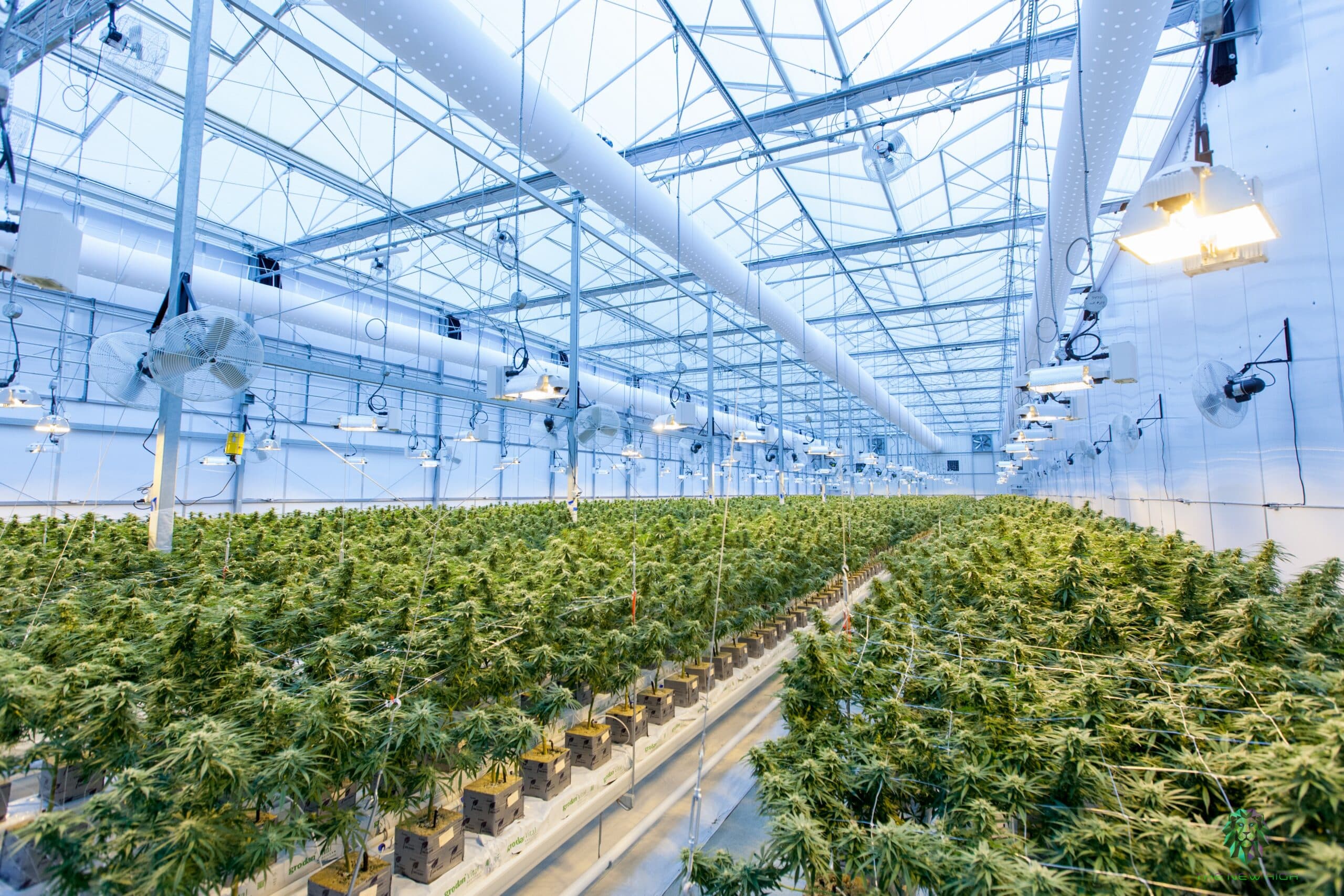The rapidly growing cannabis industry faces unique security challenges. Protecting valuable assets while maintaining compliance with complex regulations can be daunting. Enter marijuana live video surveillance: a powerful, cost-effective solution that helps cannabis businesses stay secure and compliant. Are you ready to unlock the power of live video monitoring to safeguard your cannabis business and improve operations?
In this blog post, we’ll explore how marijuana live video surveillance works, the benefits it offers, and how to choose the right system for your business. We’ll also dive into advanced video analytics, remote monitoring, and the future of cannabis security. Let’s begin our journey towards a safer and more secure cannabis industry.
Key Takeaways
- Live video surveillance provides cannabis businesses with an effective security solution to protect assets and ensure compliance.
- Benefits include cost savings, improved access control, automated alerts and enhanced monitoring capabilities through AI/ML.
- Remote monitoring solutions enabled by wireless and cellular networks are the future of cannabis security, allowing for reduced costs while improving overall safety.
Understanding Marijuana Live Video Surveillance
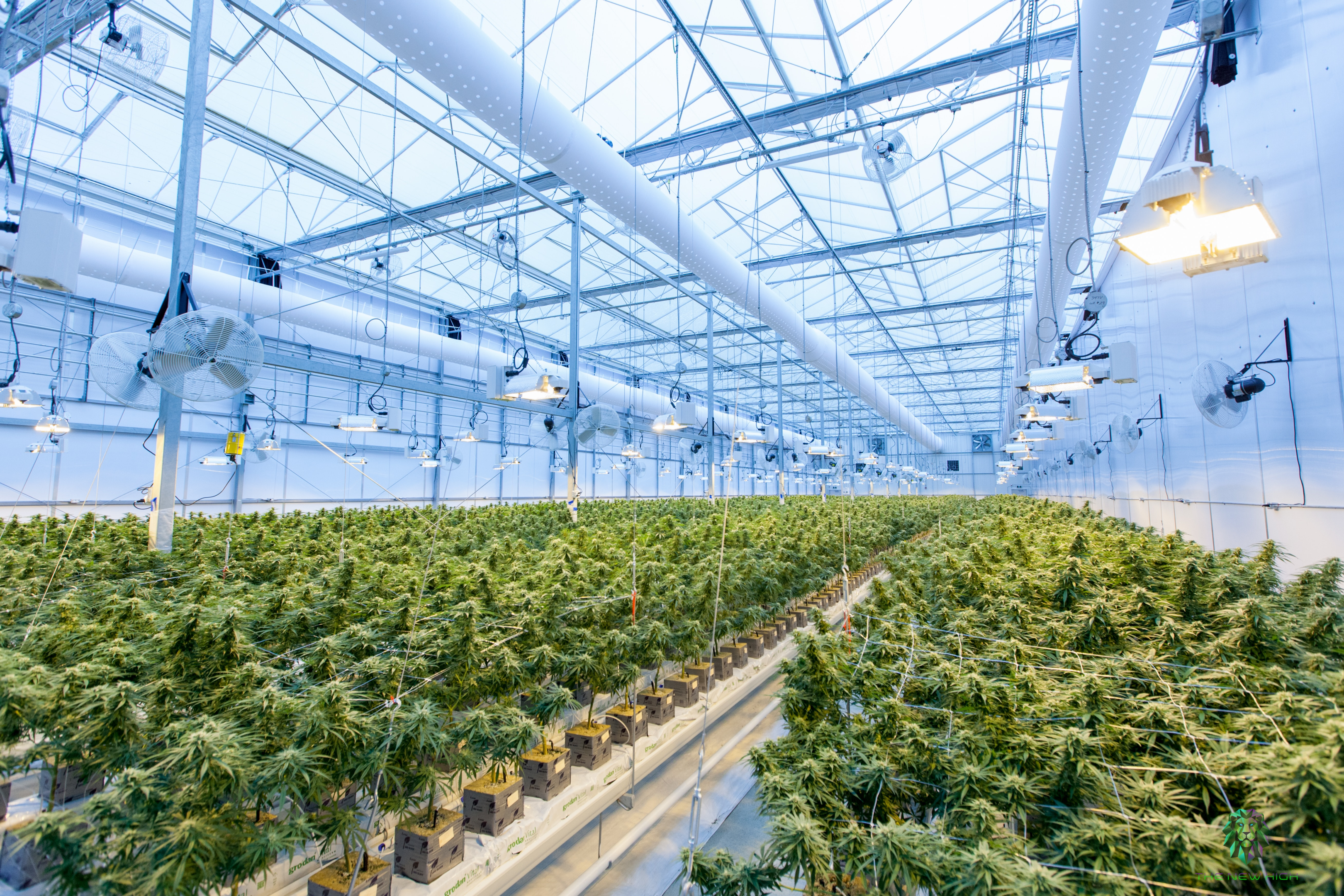
As the cannabis industry continues to expand, so does the need for reliable security solutions. Marijuana video surveillance systems offer businesses a way to protect their assets and maintain compliance with state and local regulations. These surveillance systems connect security cameras directly to trained video monitoring professionals, providing real-time video monitoring and immediate response to incidents.
Live video surveillance offers several benefits for cannabis businesses, including:
- Deterrence of theft, diversion, and losses
- Detection and addressing of minor issues before they escalate
- Integration with advanced video analytics for enhanced security measures and reduced false alarms
By implementing live video surveillance, cannabis businesses can focus on growth and customer service, knowing that their operations are secure and compliant.
How Live Video Surveillance Works
Live video surveillance systems connect virtual security officers to cameras via the internet, enabling real-time cannabis live video monitoring and prompt response to incidents. IP security cameras, specifically designed for the marijuana industry, are often utilized for their high resolution, built-in storage, and advanced security features. Installing smart IP cameras can greatly improve the security of a cannabis business by providing clear, sharp images and seamless integration with real-time monitoring software. With cannabis remote video surveillance, businesses can ensure the highest level of security and protection.
Internet connectivity enhances the effectiveness of live video surveillance by enabling remote viewing, monitoring, and storing of both live and recorded footage. This connectivity facilitates real-time streaming of video and audio coverage of events and ensures easy accessibility of data. The lack of internet connection would significantly curtail the capabilities of live video surveillance, underscoring the importance for businesses of investing in reliable and secure connections.

Benefits of Live Video Surveillance for Cannabis Businesses
Implementing live video surveillance offers numerous advantages for cannabis businesses, such as crime prevention, improved efficiency, and better compliance with regulations. Live video monitoring technology is cost-effective when compared to employing security guards. Cannabis operations that are adequately monitored tend to experience less loss of crops, cash, and products, as well as deterring criminal activity. Considering that cannabis can triple in value when diverted to states where it is illegal, investing in live video surveillance is a wise choice.
Live video surveillance has become an integral part of cannabis businesses. It allows them to monitor various activities such as:
- productivity
- training
- health and safety
- cleanliness
- security
- customer service
Proactive video monitoring (PVM) services, which utilize smart analytics, highly trained specialists, and live auditory interventions, provide the most effective and cost-efficient video monitoring solution. By embracing live video surveillance, cannabis businesses can ensure their assets are protected and their operations are optimized.
Choosing the Right Video Surveillance System for Your Cannabis Business
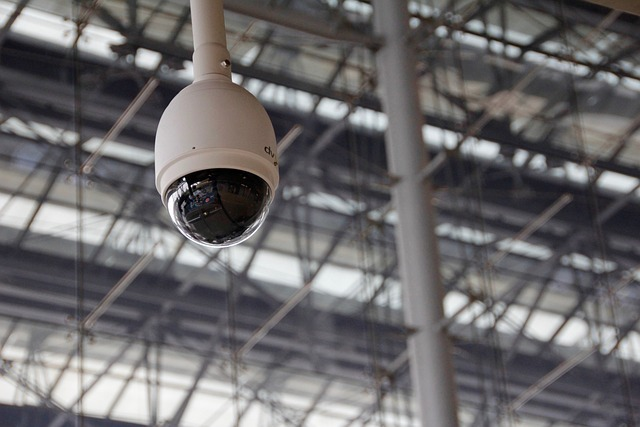
The choice of the right video surveillance system for your cannabis business requires a careful evaluation of available security cameras and their compatibility with your current systems. Key considerations should include:
- Regulatory compliance
- Video quality and resolution
- Storage capacity
- Remote access and monitoring
- Scalability
- Compatibility with other security systems
- User-friendliness
- Cost
- Support
- Warranty
A clear comprehension of your unique needs and requirements will guide you to make an informed decision about the optimal video surveillance system for your cannabis operation. Subsequent sections will delve into the different types of security cameras and strategies for their integration with existing systems to effect a seamless and effective security solution.
Types of Security Cameras
The security camera landscape offers a variety of options for cannabis businesses, such as CCTV cameras, IP cameras, HD cameras, PTZ cameras, and thermal cameras. IP cameras, in particular, provide a range of benefits for cannabis businesses, including increased profitability, comprehensive monitoring, remote oversight, prevention of criminal activity, elimination of obscured areas, and compatibility and expandability.
Analog cameras, on the other hand, can provide real-time video surveillance and monitoring, helping to deter crime and capture evidence in case of any incidents. They can also be integrated into a comprehensive security system to ensure the safety and protection of cannabis facilities. The selection of security cameras should take into account your specific needs, budget, and the degree of security required for your cannabis operation.
Integration with Existing Systems
Integration with existing systems is vital for seamless monitoring and cost-effective security solutions. To integrate a live video surveillance system with existing security systems, it’s recommended to:
- Conduct a security audit
- Strategically use existing cameras
- Install a video management system
- Consider video analytics
- Integrate contact sensors
- Ensure compliance with regulations
Leveraging network connectivity and compatible software allows for seamless integration of different types of security cameras with existing systems. This enables the cameras to connect to the existing network infrastructure and integrate with other security systems, such as access control and alarm systems. Additionally, integration can involve linking the cameras to a central monitoring station or cloud-based surveillance platform for real-time monitoring and remote access. By integrating existing systems with live video surveillance, businesses can gain real-time monitoring capabilities, improved access control, and automated alerts.
Advanced Video Analytics for Enhanced Security
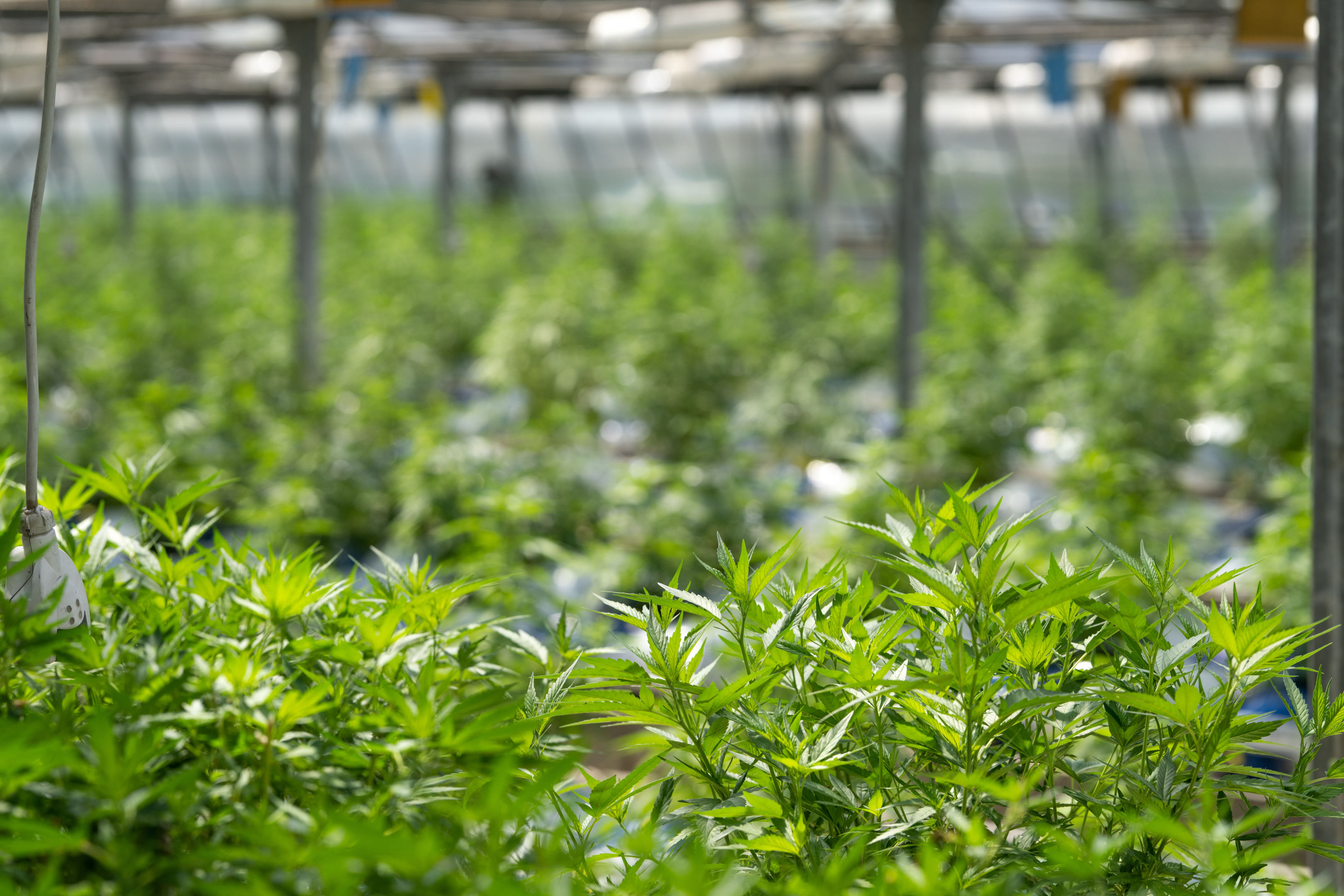
Advanced video analytics play a crucial role in enhancing security for cannabis businesses. By analyzing and interpreting surveillance data in real-time, businesses can effectively:
- Monitor and detect potential threats or suspicious activities
- Provide meaningful insights and data
- Make informed decisions
- Implement heightened security protocols
Incorporating advanced video analytics with multiple surveillance cameras can significantly improve security measures and reduce false alarms. In the following sections, we will explore specific advanced video analytics techniques, such as motion detection, heat mapping, and AI-driven insights, that contribute to a more secure and efficient cannabis business environment.
Motion Detection and Heat Mapping
Motion detection and heat mapping are valuable tools that help identify potential security threats and optimize business operations. These tools operate by recognizing changes in the environment, particularly movement, and can utilize various techniques such as pixel-based motion detection, passive infrared (PIR) motion detection, and motion sensing algorithms. These approaches analyze differences in pixel values, infrared radiation, and video frames to detect movement and activate alerts or recording.
Heat mapping, on the other hand, is a technique used to analyze and visualize the movement patterns of people within a designated area. By generating heat maps, businesses can pinpoint high-traffic areas, potential blind spots, and areas of concern for security purposes. This data assists businesses in optimizing their security measures, such as camera placement, access control, and alarm systems, to bolster overall safety and safeguard their assets.
Artificial Intelligence and Machine Learning
Artificial intelligence (AI) and machine learning (ML) are revolutionizing the security landscape by enabling smarter security solutions and proactive crime prevention. By leveraging AI algorithms to analyze and interpret surveillance data in real-time, cannabis businesses can detect potential threats, such as unauthorized access or suspicious activities, with increased accuracy and efficiency.
Machine learning algorithms can be trained to detect patterns and anomalies in the surveillance footage, enabling proactive monitoring and alerting security personnel to potential risks. Furthermore, machine learning can augment the capabilities of video analytics, allowing for the identification of specific objects or behaviors of interest, such as detecting the presence of weapons or recognizing individuals on a watchlist.
In summary, AI and ML provide advanced monitoring and threat detection capabilities, enhancing the effectiveness of cannabis security surveillance.
Remote Monitoring: The Future of Cannabis Security
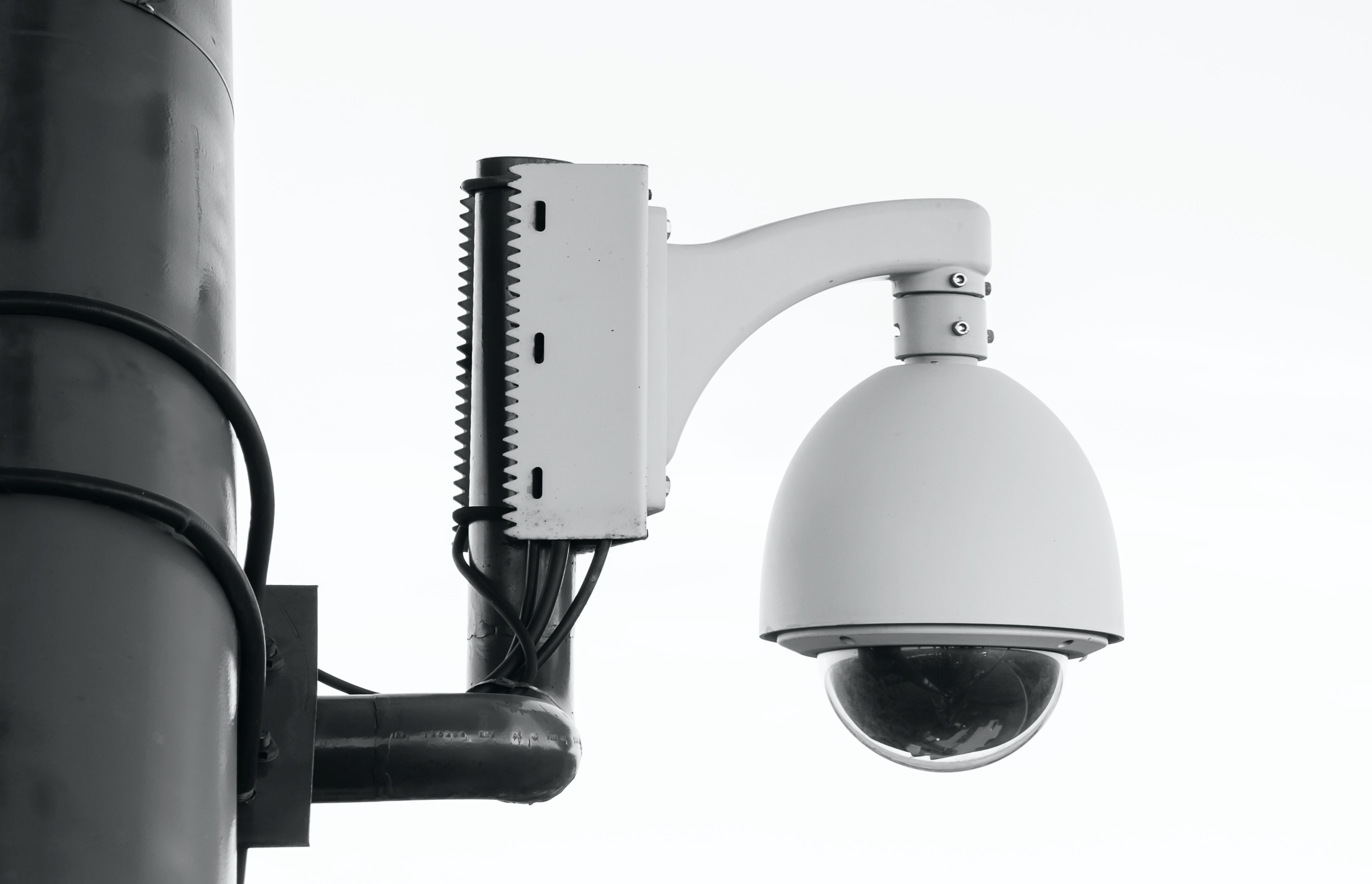
Remote monitoring is the future of cannabis security, offering a more cost-effective and efficient alternative to traditional security guards. By utilizing wireless and cellular networks, remote monitoring enables real-time remote video surveillance and data transmission, allowing business owners to monitor their operations remotely. This ensures continuous monitoring and quick response to any security threats or operational issues.
In the following sections, we will discuss the benefits of wireless and cellular networks for remote monitoring and explore the potential of replacing traditional security guards with remote monitoring solutions. By embracing remote monitoring, cannabis businesses can stay ahead of the curve and ensure their assets are well-protected.
Wireless and Cellular Networks
Wireless and cellular networks provide reliable and secure connectivity for remote monitoring of cannabis businesses. This allows for real-time video surveillance and data transmission, enabling business owners to monitor their operations remotely. Furthermore, wireless and cellular networks offer wider coverage and flexibility compared to traditional wired networks, making it easier to monitor multiple locations or outdoor areas, thus ensuring continuous monitoring and quick response to any security threats or operational issues.
Utilizing wireless instead of wired security systems in cannabis operations offers numerous benefits, such as:
- Flexibility
- Ease of installation
- Remote access for monitoring
- Scalability
- Cost-effectiveness
- Insulation from external threats
By investing in wireless and cellular networks, cannabis businesses can stay connected and secure, even in remote locations.
Replacing Security Guards with Remote Monitoring
Remote monitoring offers a more cost-effective and efficient security solution compared to traditional security guards. Here are some benefits of remote monitoring:
- On average, remote monitoring systems are 35-50% more cost-effective than hiring security guards for cannabis businesses.
- Remote monitoring enables multiple location monitoring.
- Remote monitoring provides improved detection and deterrence.
- Remote monitoring ensures equivalent police response time.
- Remote monitoring maintains a heightened security level with fewer on-site personnel.
Various cannabis businesses have successfully implemented remote monitoring solutions, such as Stealth Monitoring, VirtuGuard™, and Solink, as an alternative to traditional security guards. By replacing security guards with remote monitoring, cannabis businesses can significantly reduce costs and improve the overall security of their operations.
Ensuring Compliance with Cannabis Regulations

Cannabis businesses are required to comply with specific video surveillance regulations established by state and local authorities. Comprehending and adherence to these requirements are pivotal for the success and legality of any cannabis operation. Businesses can evade penalties like fines, license revocation, and possible legal consequences by adhering to best practices for compliance.
In the following sections, we will discuss state and local requirements for cannabis businesses regarding video surveillance, as well as best practices for ensuring compliance. By staying informed on regulations and implementing necessary security measures, cannabis businesses can maintain a safe and compliant environment.
State and Local Requirements
Cannabis businesses must comply with the video surveillance regulations established by both state and local authorities. For example, in California, video surveillance requirements include:
- Continuous 24-hour recording
- A minimum camera resolution of 1280 x 720 pixels
- Recording at a minimum of 15 frames per second
- Maintaining video footage for a minimum of 90 days
By understanding and implementing these requirements, cannabis businesses can ensure they are operating within the legal framework.
Cannabis businesses must also stay abreast with any local county regulations related to video surveillance. Non-compliance with state or local video surveillance requirements could lead to penalties including fines, license revocation, and possible legal consequences. By staying informed on the specific requirements for their location, cannabis businesses can maintain a secure and compliant operation.
Best Practices for Compliance
Ensuring compliance with cannabis regulations involves more than simply meeting state and local requirements. Best practices for compliance include:
- Conducting regular audits to identify and address any areas of non-compliance
- Training staff members to provide adequate security and familiarize them with the proper use of video surveillance systems
- Collaborating with law enforcement to recognize any areas of non-compliance and rectify them
By implementing these best practices, cannabis businesses can maintain a safe and compliant environment, protect their assets, and avoid penalties. Staying proactive and informed about regulatory requirements and best practices will help cannabis businesses thrive in a competitive and highly regulated industry.
Case Studies: Success Stories of Marijuana Live Video Surveillance
Several cannabis businesses have experienced the success of marijuana live video surveillance in protecting their assets and improving operations. Companies that have implemented live video surveillance systems include:
- Solink
- VirtuGuard™
- Calipsa
- Cure8 Tech
- Cannaspire
- Stealth Monitoring
- Protech Security
- Eagle Eye Networks
These companies have used live video surveillance to enhance their security and ensure compliance with regulations.
These case studies demonstrate the effectiveness of live video surveillance in deterring theft, improving efficiency, and maintaining compliance with state and local regulations. By investing in marijuana live video surveillance, cannabis businesses can safeguard their assets, streamline operations, and stay ahead in the competitive cannabis market.
Summary
Throughout this blog post, we have explored the importance of marijuana live video surveillance in protecting and improving cannabis businesses. From understanding the technology and benefits behind live video surveillance to choosing the right system and integrating it with existing security measures, we have provided a comprehensive guide to help cannabis businesses navigate the world of video surveillance.
By embracing advanced video analytics, remote monitoring, and compliance best practices, cannabis businesses can unlock the power of marijuana live video surveillance to safeguard their assets and thrive in a competitive market. Are you ready to harness the power of live video surveillance to protect and grow your cannabis business?

Frequently Asked Questions
What are the main benefits of live video surveillance for cannabis businesses?
Live video surveillance provides cannabis businesses with crime prevention, increased operational efficiency, and the assurance of regulatory compliance.
How does remote monitoring compare to traditional security guards in terms of cost-effectiveness?
Remote monitoring is significantly more cost-effective than hiring security guards, typically achieving savings of 35-50%.
What types of security cameras are best suited for cannabis operations?
IP cameras and HD over coax systems are the best suited security cameras for cannabis operations, providing protection for both grow operations and dispensaries.
How do advanced video analytics, such as motion detection and heat mapping, enhance security for cannabis businesses?
Advanced video analytics such as motion detection and heat mapping enhance the security of cannabis businesses by helping to identify potential threats and optimizing operations through analyzing movement patterns and behavior.
What measures can cannabis businesses take to ensure compliance with state and local video surveillance requirements?
Cannabis businesses can ensure compliance with state and local video surveillance requirements by conducting regular audits, training staff members, collaborating with law enforcement, and implementing best practices.
Related Articles:
IS YOUR SECURITY GUARD SLEEPING ON THE JOB?
THE IMPORTANCE OF PROFESSIONAL-GRADE SECURITY CAMERAS FOR BUSINESSES
